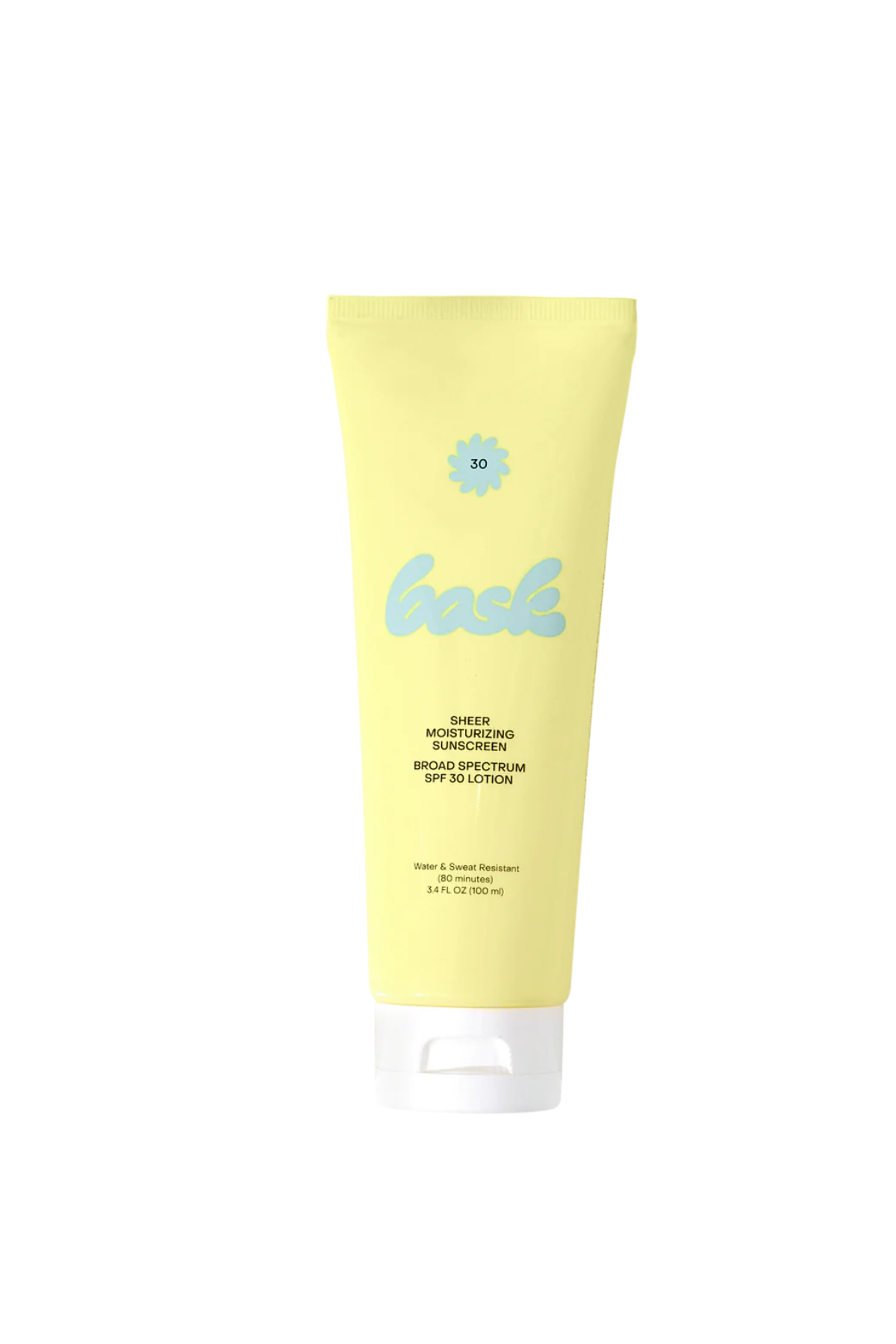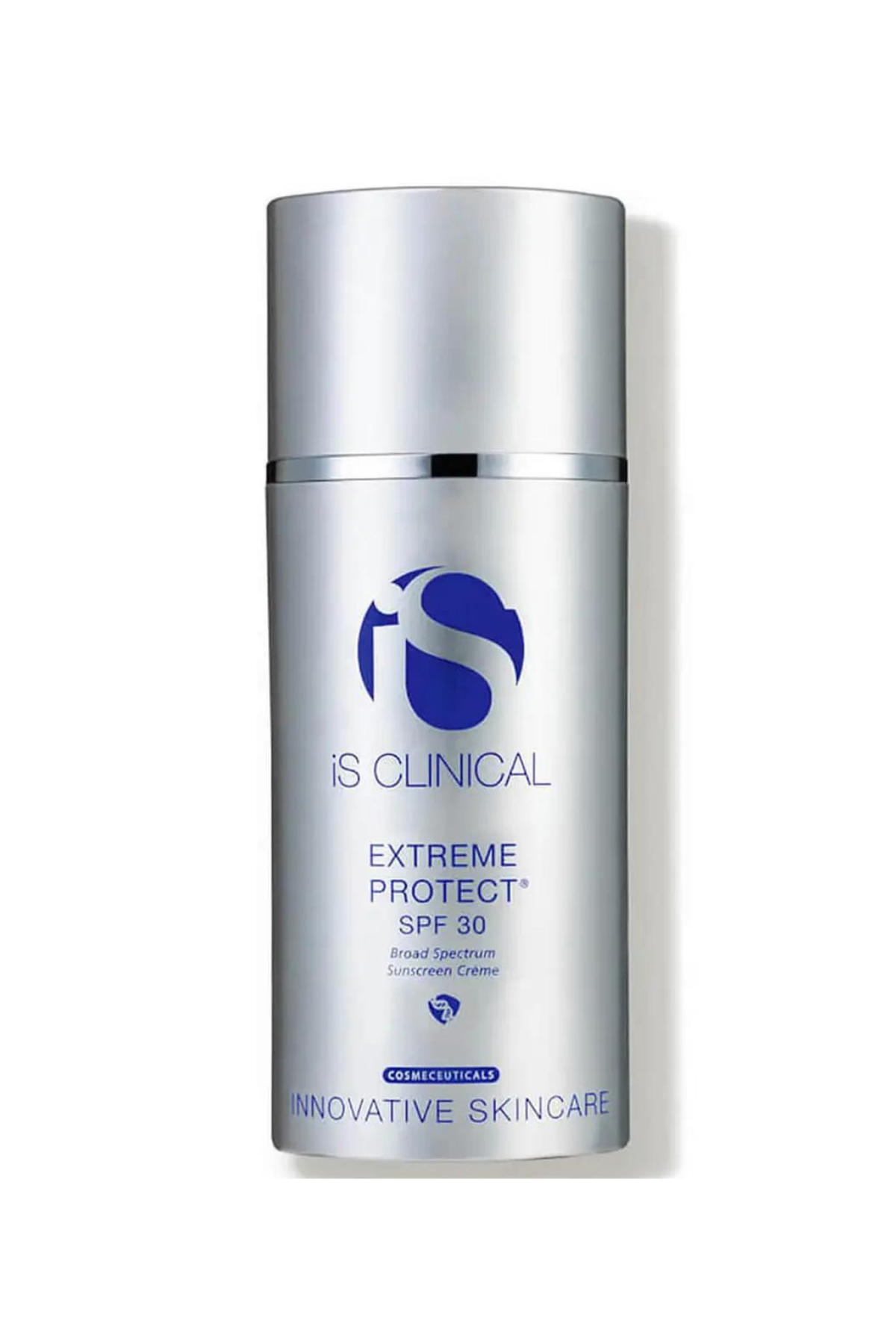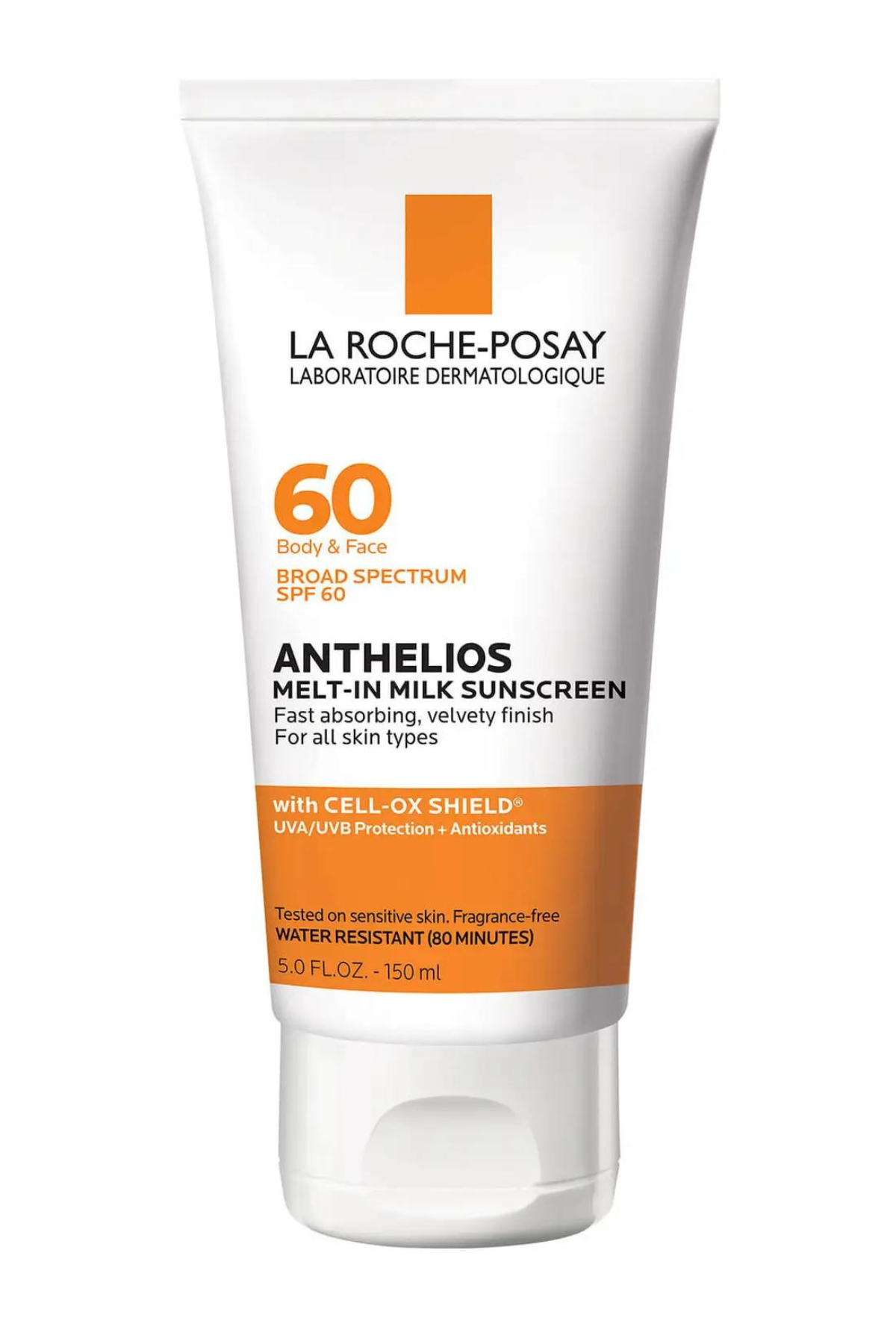How to Reduce Your Risk of Skin Cancer, According to Dermatologists
Knowing the suspicious marks to look out for is step one.


When it comes to preventing skin cancer, I like to think we all know the sun safety basics. You apply your sunscreen (SPF 30 and up!) day in and day out, remember to reapply, and seek shade. But given that skin cancer remains the most common type of cancer in the United States, it’s always worthwhile to do a sun safety refresher course. If you follow dermatologist tips, get religious body checks, and know the tell-tale signs of a suspicious mole, you’re *much* better equipped with the knowledge and know-how to prevent skin cancer—or at a minimum, catch it early.
To get the complete low down on what qualifies as a I-should-get-this-professionally-examined type of birthmark or mole, learn which unexpected body parts need some extra love from SPF (P.S. it’s the bottoms of your feet), and ensure you’re doing everything in your power to prevent skin cancer, keep reading. We tapped top dermatologists for their best tips.
First Things First: What Is Skin Cancer?
According to the American Academy of Dermatology, its estimated that one in five Americans will develop skin cancer in their lifetime, making it the most common cancer in the US. But what is it? At baseline, it “involves the uncontrolled growth of abnormal cells in the skin,” according to board-certified dermatologist Dr. Marisa Garshick.
Chances are, you hear the most about melanoma cancer, but there are a handful of other types of skin cancers, including basal cell carcinoma, squamous cell carcinoma, and Merkel cell carcinoma. “Not all skin cancers are dangerous," she adds. If caught early, you may only need a small excision. But if uncaught or untreated, lesions can grow, or in extreme cases, lead to death.
What Causes Skin Cancer?
Your likelihood for developing skin cancer boils down to two factors: genetics and environment. For example, people with certain features (think: fair skin, blonde or red hair, blue or green eyes), simply have a higher chance of developing skin cancer. Family history also comes into play, particularly in regards to melanoma. “If there's a family history of melanoma, the next generations have a higher chance [of developing it],” states board-certified dermatologist at Schweiger Dermatology Dr. Marc Glashofer. “It's like a lottery. They have a few extra genetic lottery tickets compared to somebody with that family history doesn't have that. It doesn't mean that somebody is going to definitely get skin cancer, but genetics play a role.”
Genetics aside, anyone can develop skin cancer, particularly if sun safety is thrown out the window. “The majority of basal cells and squamous cells arise from constant sun exposure,” says Dr. Glashofer. “The sun causes UV radiation, and that radiation causes genetic damage. If we keep getting a sunburn over years and decades, we're getting these continuous hits to our cells. Our ability to repair those damaged cells decreases as we age.” The result, unfortunately, is the development of skin cancer.
How to Prevent Skin Cancer, According to Dermatologists
Good news: Following sun safety rules and keeping a close eye on moles, birthmarks, and spots on your skin can help you prevent skin cancer.
Stay In The Know
Get exclusive access to fashion and beauty trends, hot-off-the-press celebrity news, and more.
Always Wear Sunscreen
Sunscreen isn’t optional—you need to wear it regardless of the season, your surroundings, or the time of day. “As a dermatologist, I recommend using a broad-spectrum sunscreen with an SPF of at least 30, which blocks 97 percent of the sun's UVB rays,” advices board-certified dermatologist at Union Dermatology Dr. Nkem Ugonabo. You’ll also need to make sure you’re actually applying a sufficient amount of product to give you said protection in practice. “It is important to apply enough sunscreen which is the equivalent of two finger-lengths, the index and middle finger, for the face and neck and one ounce, the equivalent of one shot glass, for the body,” adds Dr. Garshick. “It is especially important to remember the scalp, ears, backs of the hands and tops of the feet, which are areas that are frequently neglected.” That sunscreen, in that quantity, then needs to be reapplied every two hours or sooner if you’re sweating or swimming.
It’s also important to note that *everyone* needs to wear sunscreen—as *everyone* is susceptible to skin cancer, even those with deeper skin tones who are less likely to get sunburnt. “There is a decreased risk of skin cancer in darker complexions, but that doesn’t mean that those skin types won’t get skin cancer,” warns Dr. Glashofer. “They need to be aware of prevention methods too.”
Stay in the Shade
Trust me, I get it: Baking in the sun for the sake of a tan is tempting. But in reality, the umbrella is going to be your best friend. “Staying in the shade and avoiding peak hours in the sun, between 10 a.m. and 2 p.m., can be helpful to protect the skin,” says Dr. Garshick. “Staying in the shade doesn’t necessarily mean you don’t need sunscreen but rather the benefit of sunscreen and shade is better than either one alone.” Per Dr. Glashofer, it’s all about “risk reduction.” Avoiding the sun 24/7 is impossible, but seeking shade when possible is a smart way to minimize exposure.
Invest in UV-Protective Clothing
Amazing brands like Lululemon and Athleta have started created Ultraviolet Protection Factor (UPF) clothing, so there’s plenty of cute, protective tops and pants at your disposal. With fabric specifically designed to deflect the sun’s UVB rays, the clothing will keep your skin safe—especially on days with prolonged outdoor exposure, like a beach day.
A hat is also always a good idea. “While any hat is better than no hat, a wide-brimmed hat ensures proper coverage and protection,” says Dr. Garshick.
Look for Suspicious Moles
One of the most important skin cancer prevention tips is to keep a close eye on your body. "Any spot that seems to be new, changing or generally looks unusual to you should be assessed by a dermatologist,” says Dr. Uganabo. Birthmarks are normal and not every single one is cause for concern, but you do want to examine each against the ABCDE checklist. According to Dr. Glasshofer, you should consult a dermatologist if your mole checks any of the following: A) a mole that is asymmetrical, B) a mole that has a non-circular border, C) a mole with multiple colors or changing colors, D) a mole with a large diameter, and E) a mole that is evolving over time. “You know you have something that should be assessed when it’s not healing, bleeding, symptomatic, or painful.”
While skin cancer will show primarily in areas that get the most sun exposure, it’s important to check everywhere. You can get skin cancer on your genitals (this is largely genetic in nature), on your scalp, palms, soles, mouth, butt, or even your nails. “This is particularly important for people with melanin-rich skin who are more likely to develop skin cancer in these areas,” says Dr. Uganabo.
Get Yearly Body Checks
The last—and most important—skin cancer prevention tip is to pay a visit to your board-certified dermatologist whenever you see a suspicious mole—and at least once per year for a complete body check. They’ll be able to give every inch of your skin a thorough once-over and identify anything problematic at the onset. “Some spots may not be an obvious problem, but often a professional can help to identify them and diagnose them,” says Dr. Garshick. The entire examination should only take a few minutes, however if anything looks a little questionable, the doctor may ask to perform a biopsy to confirm a diagnosis. “The sooner something is caught, often the smaller the spot is, the smaller the procedure will be, and the less likely the skin cancer will spread to the other areas of the body.”
Meet the Dermatologists
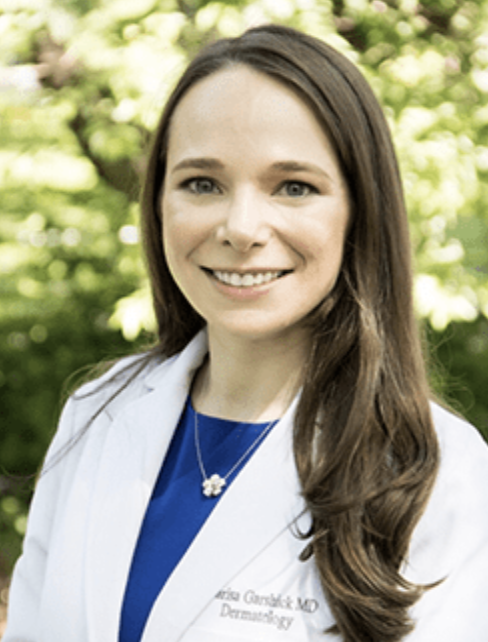
Marisa Garshick, MD, FAAD is a leading board-certified dermatologist serving patients throughout Manhattan, New York at MDCS Dermatology: Medical Dermatology & Cosmetic Surgery, as well as an assistant clinical professor of dermatology at Cornell - New York Presbyterian Medical Center. Dr. Garshick provides a wide variety of cosmetic and medical procedures and services including treatments for acne, eczema, hyperhidrosis, moles, psoriasis, rosacea, signs of aging, skin cancer, skin tags, vitiligo, and wrinkles.
She completed her undergraduate education at Emory University and attended medical school at Tufts University School of Medicine, where she graduated with Research Honors and Alpha Omega Alpha. As a medical student, Dr. Garshick was awarded the prestigious Doris Duke Clinical Research Fellowship at Harvard Medical School, during which she performed dermatology clinical trials and research at Massachusetts General Hospital. She was also awarded the American Medical Women’s Association Glasgow-Rubin Academic Achievement Award for graduating in the top of her class and the William Dameshek Award for Research Excellence. Dr. Garshick’s post-graduate training in dermatology began with an internship at Memorial Sloan Kettering Cancer Center. She completed her dermatology residency at Cornell’s New York Presbyterian Hospital, where she served as Chief Resident in Dermatology.
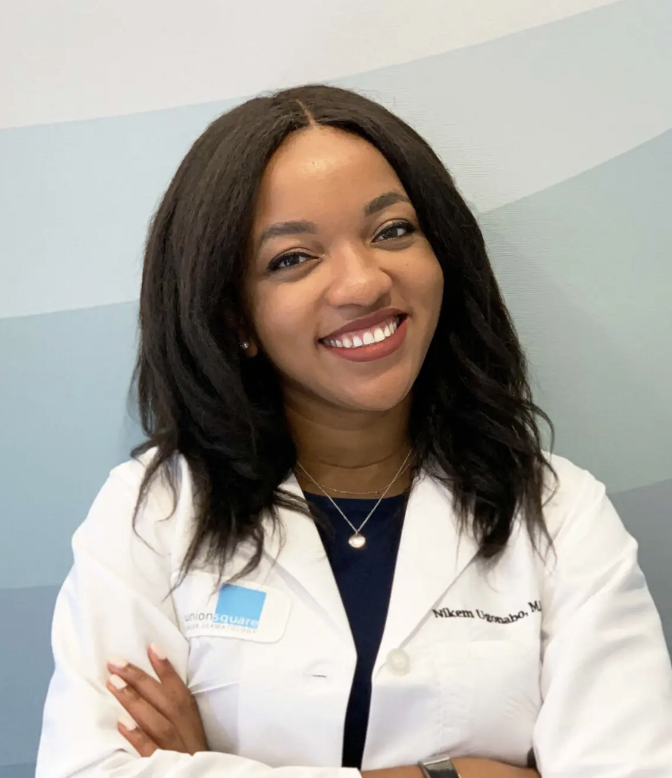
Dr. Ugonabo is a native New Yorker who received her Bachelor of Arts in Human Biology from Stanford University. She then worked as a management consultant at McKinsey & Company before completing her Master of Public Health degree at Harvard and her M.D. degree at the University of Michigan. She returned to the New York area for her Dermatology Residency at the prestigious NYU Medical Center where she was appointed Chief Resident in her final year. During residency, she served on several institutional committees and was selected to serve as Chair of the Housestaff Patient Safety & Quality Improvement Committee. She also extensively pursued research involving the laser treatment of pigmented lesions, patient safety, combination treatments involving filler and lasers, and the mental health of acne patients taking Accutane. At residency graduation, she was awarded the Dr. Irwin Freedberg award for the resident who best represents the field of dermatology in the world of medicine. Following residency, Dr. Ugonabo was an American Society for Dermatologic Surgery (ASDS) Cosmetic Dermatologic Surgery Fellow at UnionDerm in New York City where she worked as a sub-investigator on multiple clinical trials investigating the treatment of acne scars, photodamage, cellulite, muscle stimulation and melasma. Dr. Ugonabo has published numerous articles in peer-reviewed journals including the Journal of American Medical Association Surgery, Journal of the American Academy of Dermatology, Dermatologic Surgery, Journal of Cosmetic Dermatology, British Journal of Dermatology and Journal of Drugs in Dermatology. She has presented at numerous national and local meetings including the American Academy of Dermatology (AAD) Annual Meeting, American Society for Laser Medicine and Surgery (ASLMS) Annual Conference, American Society for Dermatologic Surgery (ASDS) Annual Meeting and Winter Clinical Dermatology Conference.
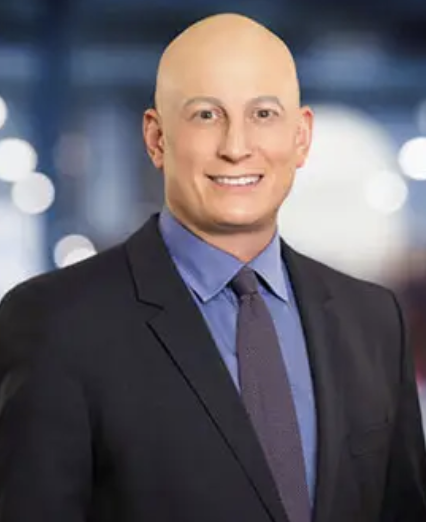
Dr. Marc Glashofer received his undergraduate degree from the University of Maryland, Honors Program, and then obtained a Master Degree in Biotechnology from Johns Hopkins University. Following this, he attended George Washington University Medical School, where he was elected into the Alpha Omega Alpha Medical Honor Society graduating with distinction. Dr. Glashofer completed his internship in internal medicine at Lenox Hill Hospital in Manhattan, and then proceeded to complete his residency in dermatology at Tulane University, where he served as Chief Resident. Dr. Glashofer then pursued additional training, completing a fellowship in Mohs Micrographic Surgery, cutaneous reconstruction, and cosmetic dermatologic procedures.

Samantha Holender is the Senior Beauty Editor at Marie Claire, where she reports on the best new launches, dives into the science behind skincare, and shares the breakdown on the latest and greatest trends in the beauty space. She's studied up on every ingredient you'll find on INCI list and is constantly in search of the world's glowiest makeup products. She's constantly tracking the biggest nail and hair trends to pop up in the beauty space, going backstage during fashion weeks, tracking celebrity looks, and constantly talking to celebrity hair stylists, nail artists, and makeup artists. Prior to joining the team, she worked as Us Weekly’s Beauty and Style Editor, where she stayed on the pulse of pop culture and broke down celebrity beauty routines, hair transformations, and red carpet looks. Her words have also appeared on Popsugar, Makeup.com, Skincare.com, Delish.com, and Philadelphia Wedding. Samantha also serves as a board member for the American Society of Magazine Editors (ASME). She first joined the organization in 2018, when she worked as an editorial intern at Food Network Magazine and Pioneer Woman Magazine. Samantha has a degree in Journalism and Mass Communications from The George Washington University’s School of Media and Public Affairs. While at GWU, she was a founding member of the school’s HerCampus chapter and served as its President for four years. When she’s not deep in the beauty closet or swatching eyeshadows, you can find her obsessing over Real Housewives and all things Bravo. Keep up with her on Instagram @samholender.
-
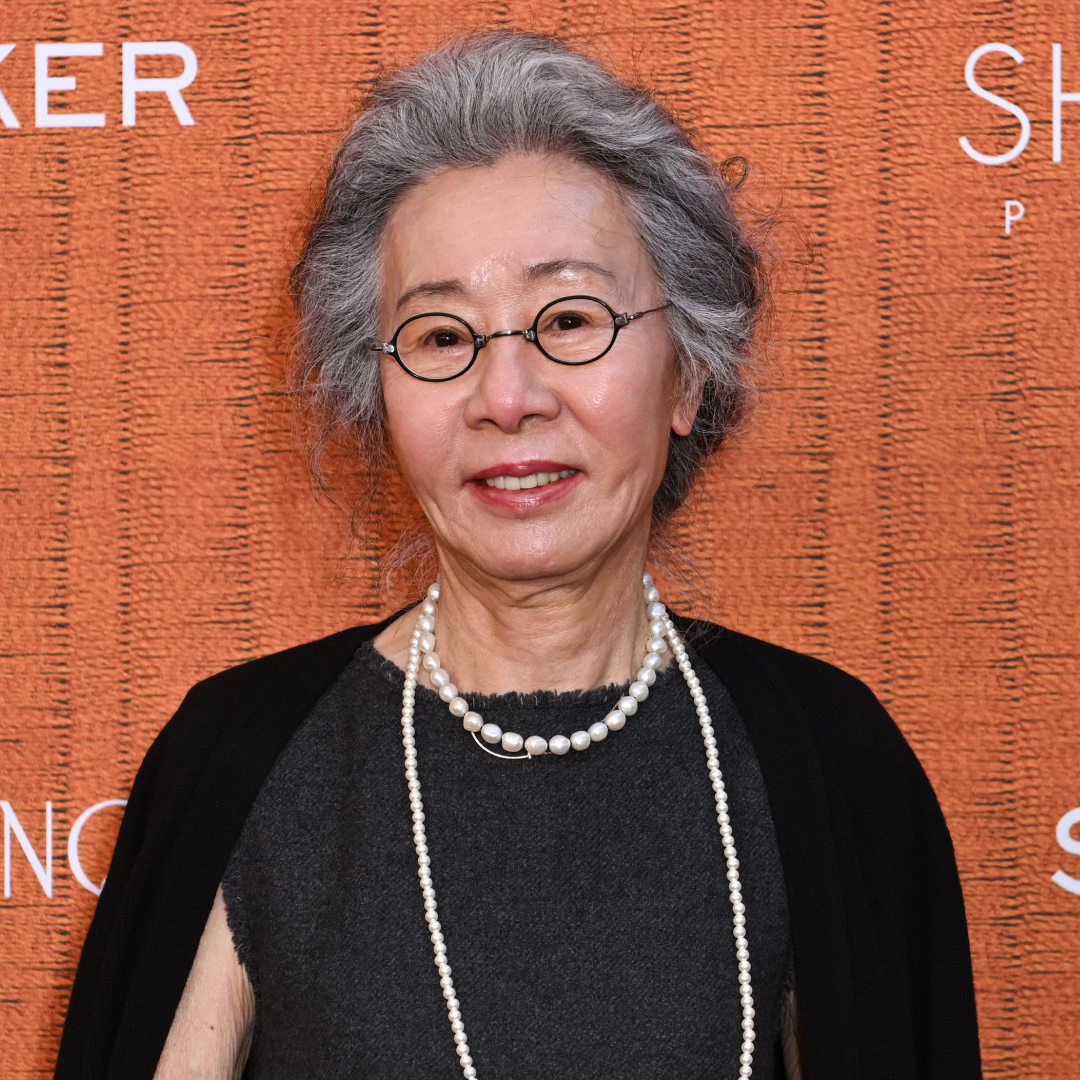 Youn Yuh-Jung Didn't Want to Make Another American Movie—Then Came 'The Wedding Banquet'
Youn Yuh-Jung Didn't Want to Make Another American Movie—Then Came 'The Wedding Banquet'The Oscar winner shares why the LGBTQ+ rom-com hit close to home and the message she hopes it sends to ''conservative'' Koreans.
By Quinci LeGardye
-
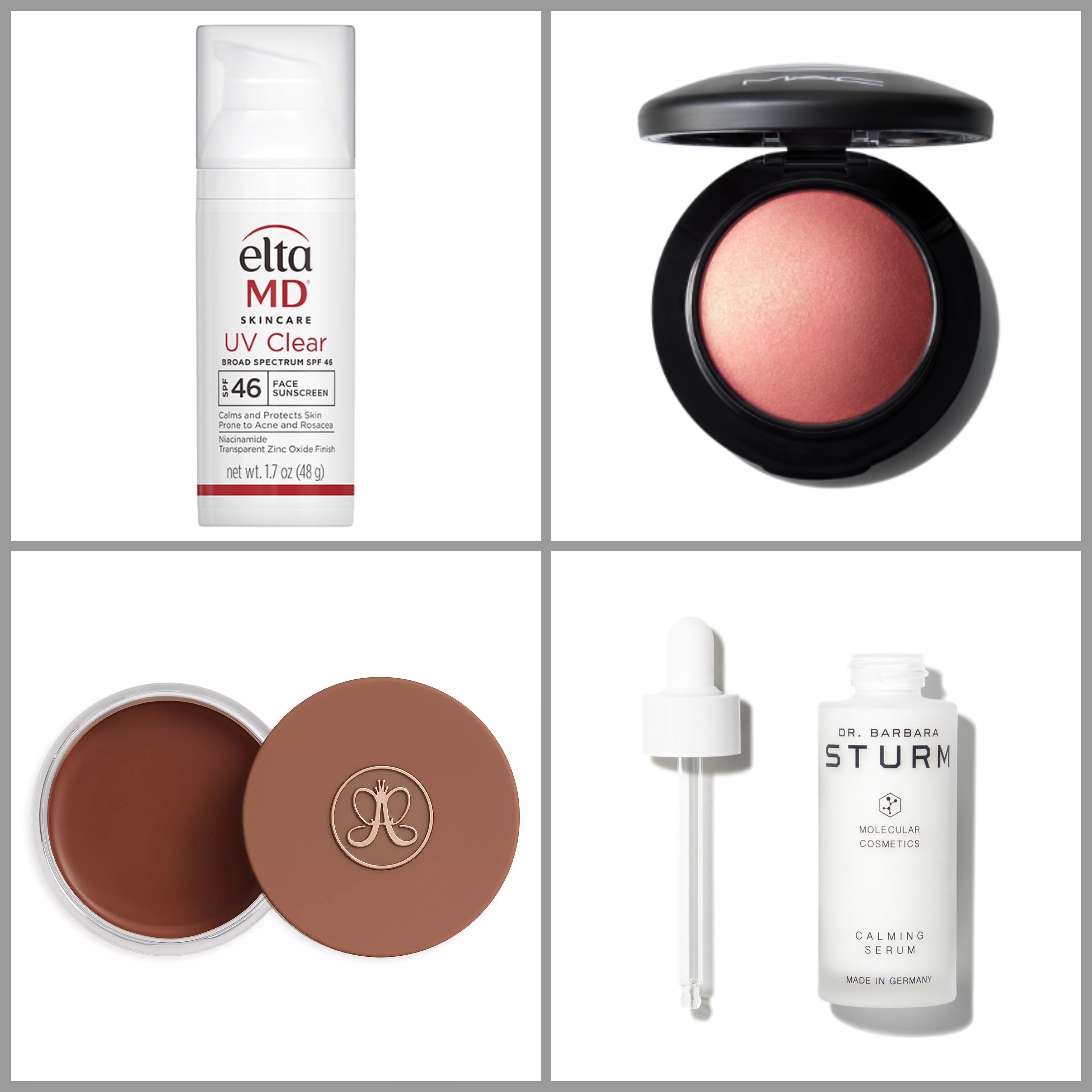 The 17 On-Sale Beauty Finds I’m Stocking Up on Ahead of Summer
The 17 On-Sale Beauty Finds I’m Stocking Up on Ahead of SummerFrom glowy blushes to the all-time best sunscreen.
By Brooke Knappenberger
-
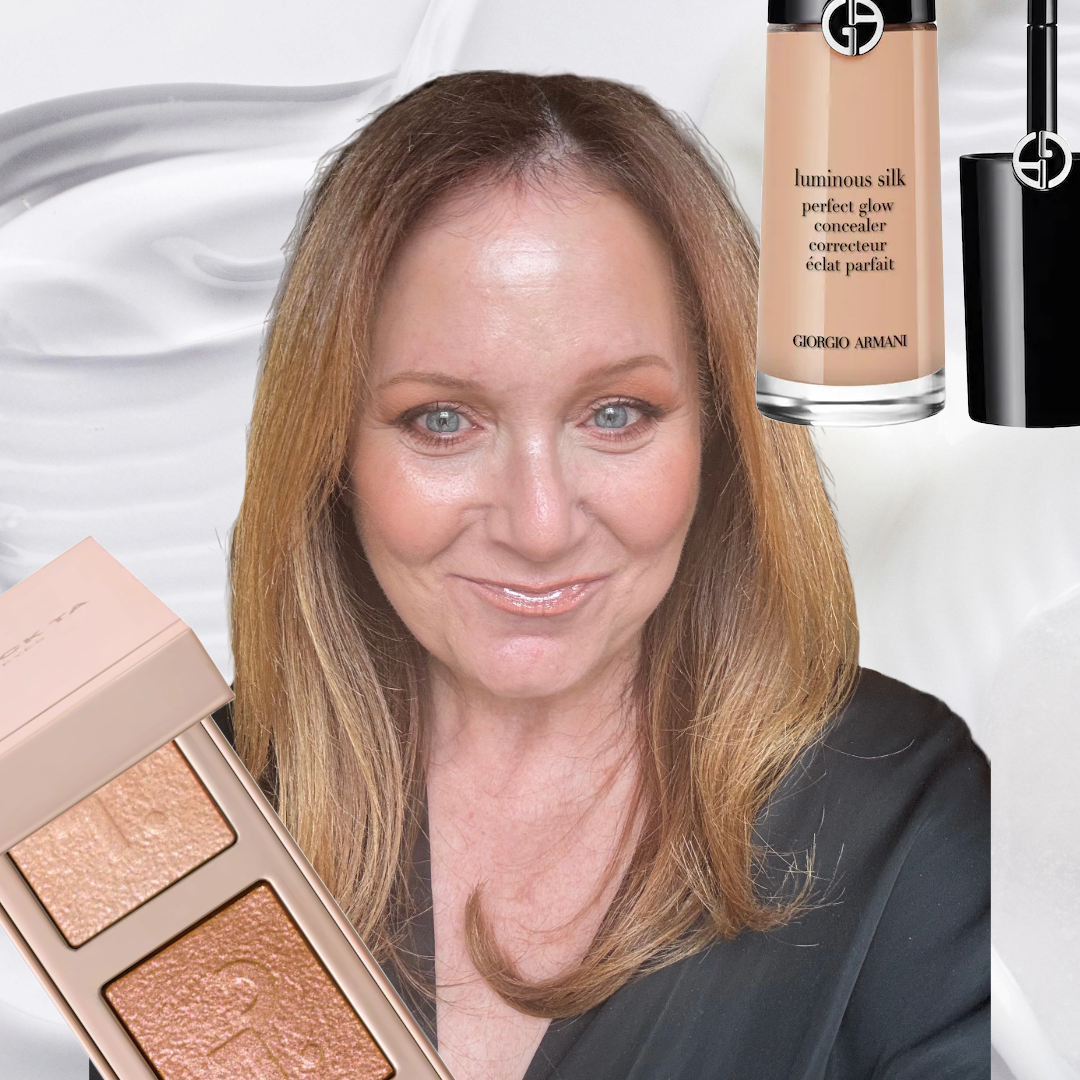 My Incredibly Picky Mom Told Me Every Beauty Product She Wants for Mother's Day
My Incredibly Picky Mom Told Me Every Beauty Product She Wants for Mother's DayShopping made easy.
By Samantha Holender
